Editor’s note: Our featured image above, which shows a Spoon-billed Sandpiper and question mark, sets the theme for this post, in which we raise this question: In the face of manic coastal development in China, what will become of Spoon-billed Sandpiper, among the most highly endangered shorebirds in the world? The unique “spoon,” or spatulate bill—will future generations look on in wonder at it? — Craig Brelsford
by Craig Brelsford
Founder, shanghaibirding.com
In Yangkou, the famous birding location in Rudong County, Jiangsu, my partners and I on 3 Oct. found a roost of 10,300 waders. We encountered this stunning spectacle on a reclaimed parcel of mudflat that will soon be transformed into a kite-flying ground for the tourists. Have you ever wondered why species such as Spoon-billed Sandpiper and Nordmann’s Greenshank are on the brink? This picture will help answer your question:

If other nearby areas are suitable, then why would so many shorebirds choose to roost literally in the shadow of the clanging backhoes and roaring dump trucks?
Simple. Because there are no better areas.
Spoon-billed Sandpiper, Nordmann’s Greenshank, Far Eastern Curlew, Great Knot, and dozens of other shorebird species are being squeezed by coastal development, precisely of the sort shown in the photo above.
Surveying the strange scene, my partner Jan-Erik Nilsén said, “I feel the way I felt with the Spoon-billed Sandpiper yesterday—that I’m saying goodbye.”
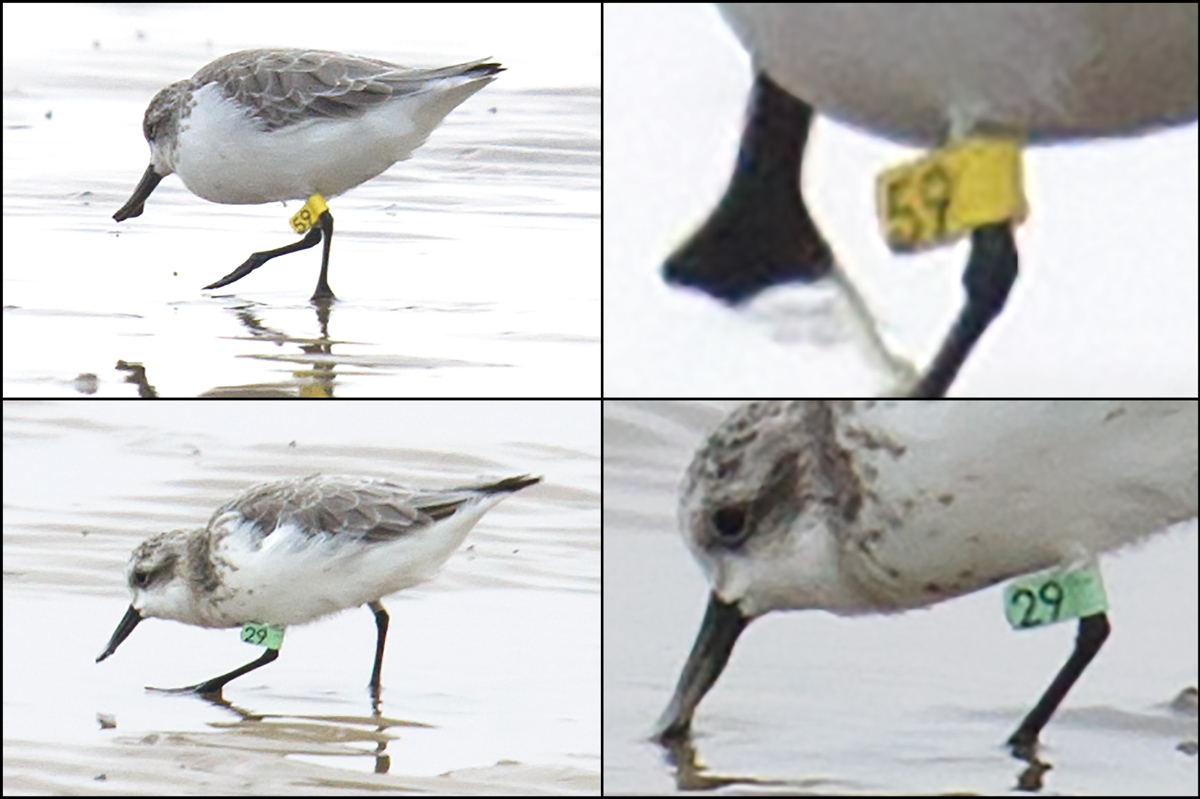
Jan-Erik was referring to the events of 2 Oct. on the coast of Dongtai County, 35 km (22 miles) north of Yangkou. There we found 13 Spoon-billed Sandpiper foraging at the base of the sea wall at low tide. We watched as the sandpipers casually made their way to within 20 meters of our front-row seat on the wall.
Tempering our delight was this dark thought: Every last square inch of the area on which those endangered birds were foraging is slated for yet more reclamation. The disaster unfolding now at Yangkou may well strike Dongtai.
For now, Dongtai is still magical, with unbroken vistas from sea wall to horizon. For this reason, Dongtai has replaced Yangkou as the world’s best place to observe Spoon-billed Sandpiper and Nordmann’s Greenshank.
But if Dongtai goes the way of Rudong County, then yet another step will have been taken in locking up the Chinese coast—and throwing away the key.
A BUSY NATIONAL DAY WEEKEND
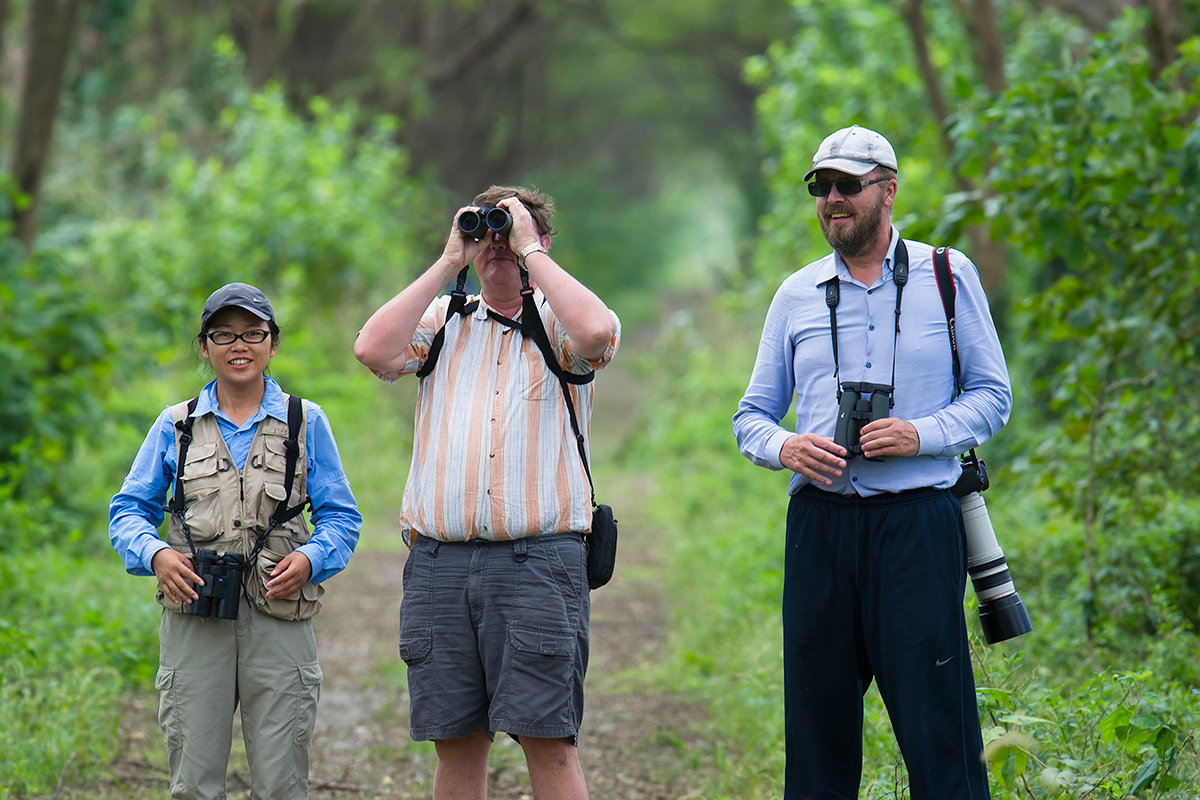
Our long look at Spoon-billed Sandpiper highlighted a three-day birding trip over Chinese National Day. My wife Elaine Du and I birded with Shanghai-based British birder Michael Grunwell and Jan-Erik, a Swede working in Beijing. The big roost at Yangkou plus a day and a half at Dongtai helped take our three-day coastal-birding total to 125 species. We had 29 Nordmann’s Greenshank and 35 Black-faced Spoonbill on Sunday at Dongtai, 6 Chinese Egret at the big roost at Yangkou and at Dongtai, and Little Curlew at the big roost.
Also notable were 230 Eurasian Oystercatcher at Dongtai; 19 Eurasian Whimbrel at Dongtai as well as at our third site, Chongming Island in Shanghai; just 34 endangered Far Eastern Curlew at Dongtai; 573 Eurasian Curlew at Dongtai, including a big count of 570 on Sunday; plus 71 Great Knot, 144 Red Knot, an unusual view of Temminck’s Stint on the mudflats, Grey-tailed Tattler, and Lesser Black-backed Gull.
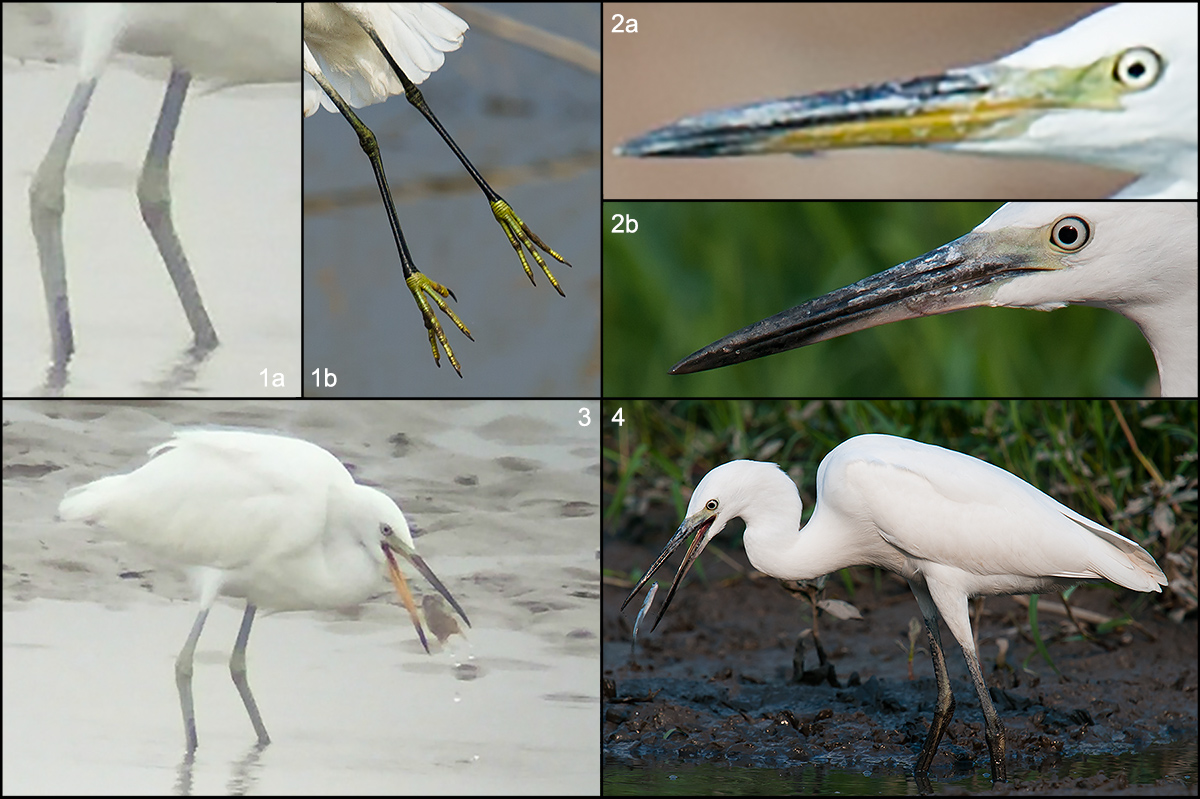
Finally, passerines: at Dongtai, Chinese Grey Shrike, Hair-crested Drongo, Red-rumped Swallow and Asian House Martin as well as a lone Yellow-bellied Tit migrating south along the sea wall. Also season’s first Pallas’s Leaf Warbler, Mugimaki Flycatcher, Taiga Flycatcher, White-throated Rock Thrush, Red-throated Pipit, and Little Bunting. We found Siberian Thrush and many other passerines at a wooded area around a sluice gate (32.722313, 120.942883). Still missing from our autumn Shanghai-area list: Bull-headed Shrike, Red-flanked Bluetail, Daurian Redstart, and all Turdus thrushes except Chinese Blackbird.
The big wader roost at Yangkou was made up mainly of Kentish Plover (6500) and Dunlin (2800). Inland we found Chinese Bamboo Partridge (a new Yangkou record for me) and Black-winged Kite.
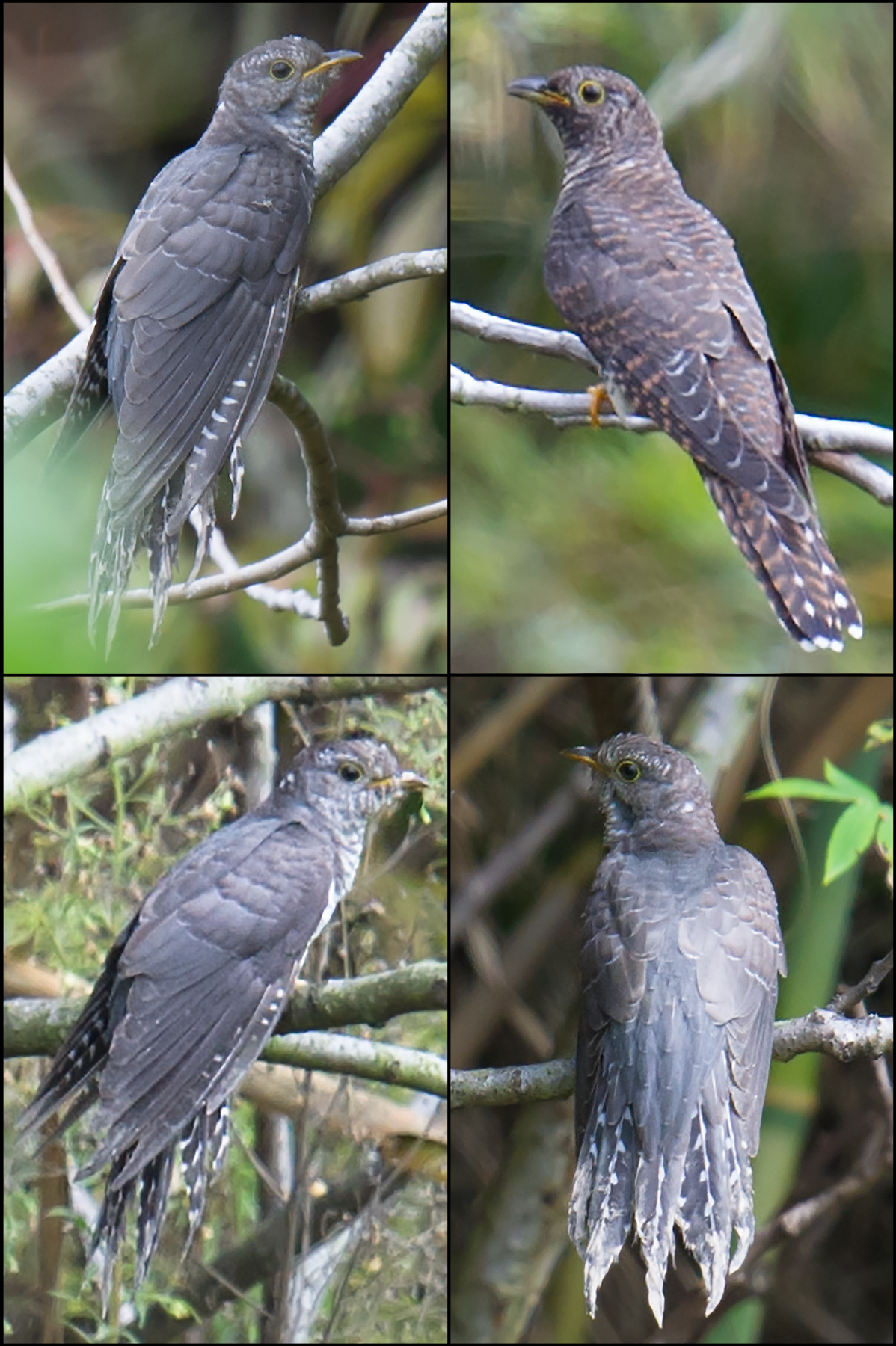
At Yangkou, in our van we followed 3 Lesser Cuckoo along a line of trees paralleling the road. The sustained view plus photos clearly indicated Cuculus cuckoos of a thrush’s size, not a falcon’s size. Credit goes to Michael for quickly noting the small size of the cuckoo and encouraging me to take the leap beyond “Cuculus sp.” Jan-Erik supported Michael, and after viewing the dozens of photos we took, it was obvious they were right.
NOTES
• The “Temple Forest” (32.560253, 121.039793), the famous migrant trap at Haiyin Temple in Yangkou, has lost much of its value to birders. The Temple Forest was unparalleled as a migrant trap, routinely offering up a stunning array of species drawn to the cover of the leaves. A mini-zoo set up earlier this year in the unwooded areas has since expanded into the wood itself, with cages, mini-cottages, and fences throughout. As the trees are still standing, flycatchers and leaf warblers may continue to use the area.
• One bright note is the small wood next to the lighthouse at Haiyin Temple (32.561881, 121.040619). Fishermen who had been squatting there have moved out, and the area has been cleaned up. A sidewalk now runs past the wood. It is probably too small an area to be developed, and as it has the very best location right at the tip of the headland, it will continue to attract migrating birds.
PHOTOS
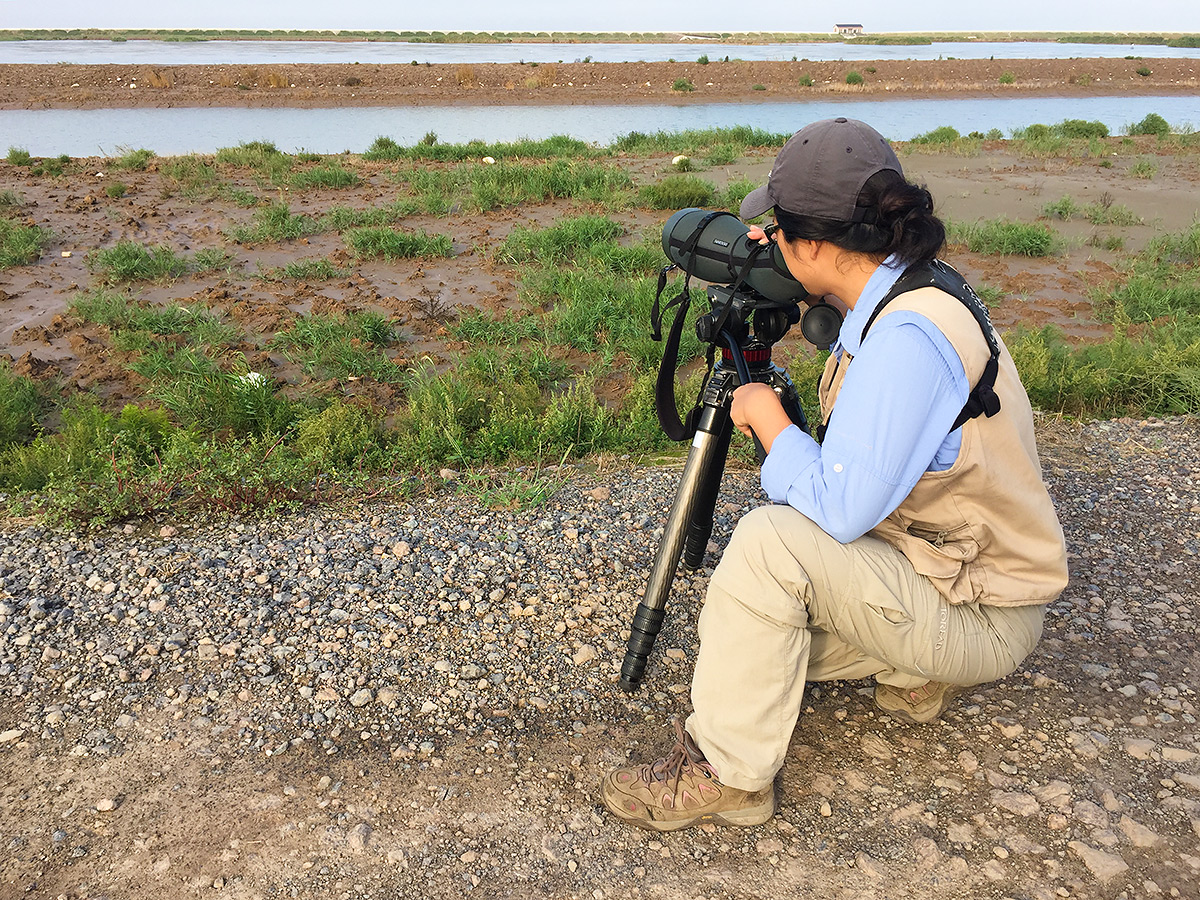
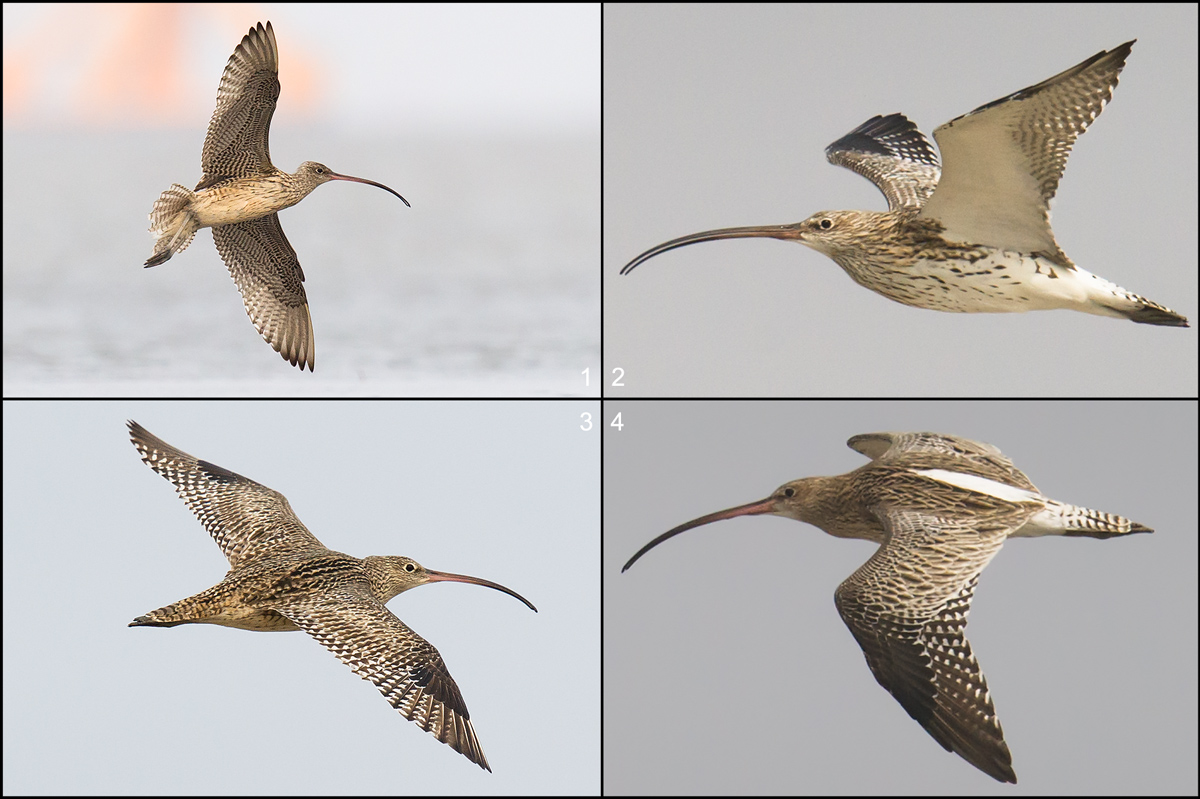
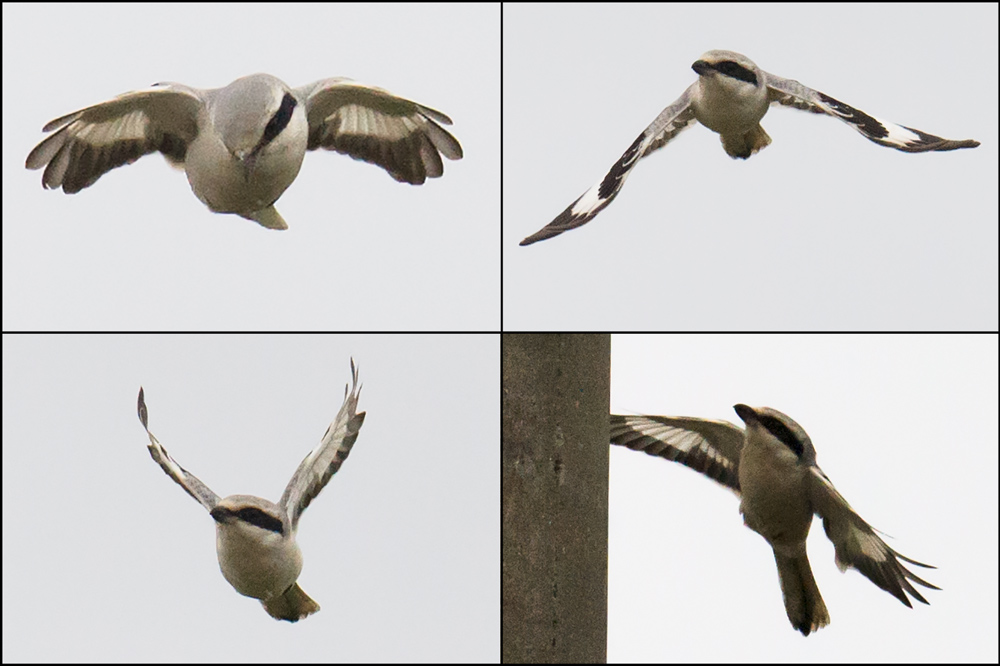


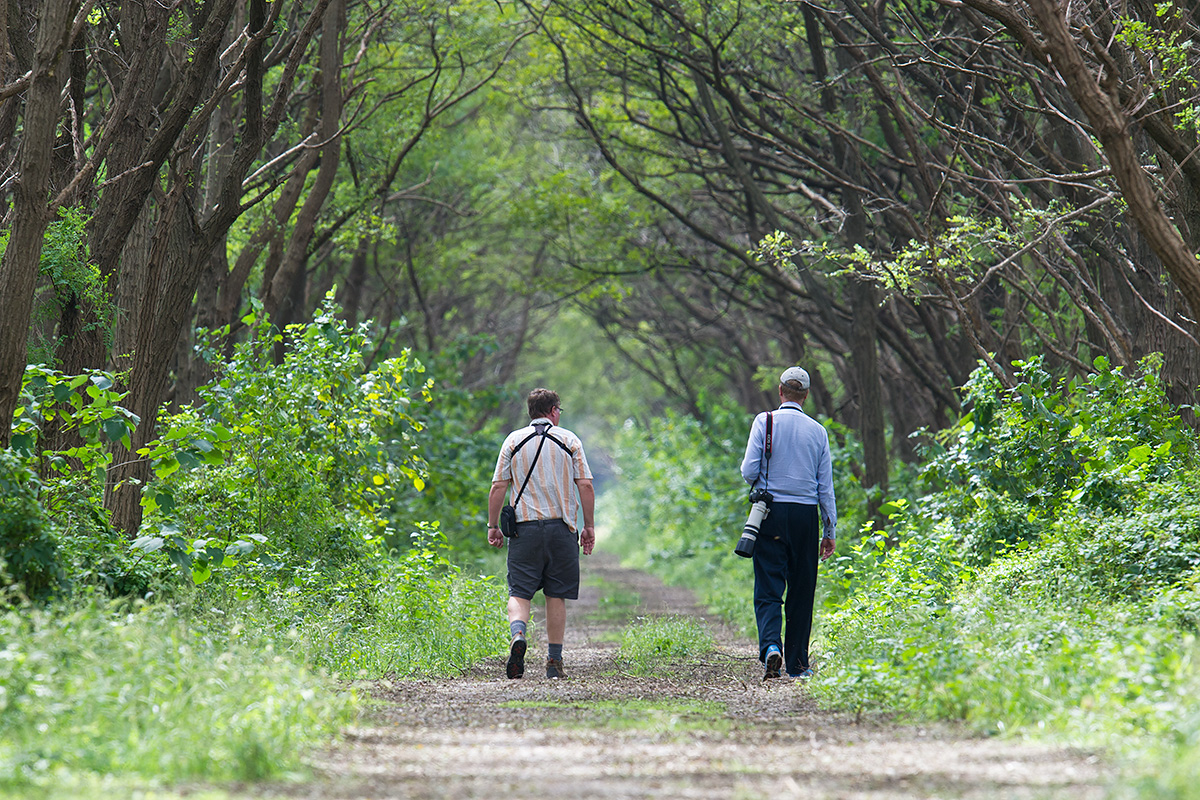

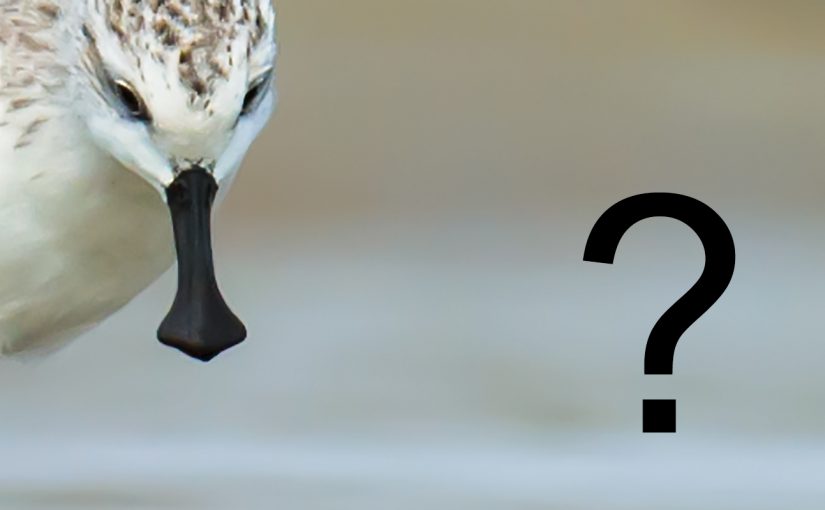
Magic vibes from your post but I can’t believe how they messed up Yangkou since I was there the first time in 2010. A mini-zoo? Really?!
Hi Daniel–Thanks for writing! I still remember meeting you and your dad at Yangkou in 2010. Be happy that you saw Yangkou in a better era.
The birders and conservationists put their cards on the table. Their hand contained a king of Nordmann’s and an ace of Spoons. The conservationists thought this a winning hand. The decision-makers thought otherwise and gave all the chips to the developers.
The Temple Forest mini-zoo is a real slap in the face to birders. Someone said, “Oh, birds, eh? We’ll give you birds”–and proceeded to import ostriches into the old migrant trap.
It’s so depressing to read such facts about the world we live in and that gives two hoots to nature we all live in. I will mourn for a long time…
Craig kindly asked me what individuals can do to help Spoon-billed Sandpipers and other waterbirds that rely on the Jiangsu coast. I’ve been lucky enough to have been involved with research into Spoonies and other birds in Jiangsu for a couple of years now. Individuals can indeed make a difference here:
1. Tell people about it. Raise awareness of the globally important populations of shorebirds and other waterbirds that rely on this coastline—mostly during spring and autumn migration—every year. Craig’s blog post is a good example of this. Tell people about the fabulous birding spectacle, and the obvious threats faced by the birds. The people of Jiangsu Province, China (and indeed the world) can be incredibly proud of the wildlife riches present on this coast. They are irreplaceable. Tell your friends, tell your family, tell your kids. Tell all the kids.
2. Birders and bird photographers can contribute greatly to our understanding of how and when Spoonies and other birds use the coast. Document your sightings and counts and send them in to be used together to build up a picture of what these bird populations are doing. These records can help create a powerful evidence base on which to build conservation work and advocacy. Accurate counts of waterbirds and/or sightings of flagged birds, with a location and a date, are particularly valuable. Especially if backed up with good photos—as Craig has done with Spoonies “Yellow 59” and “Lime 29.” Photos of individual Spoonies can help us understand their ecology in more detail. For example, photos of Spoonies present in late summer or autumn, and that show their wings extended, can reveal how far through their annual moult they are. It looks like the Jiangsu coast is a key moulting site for Spoonies and other shorebirds—making it extra important in the yearly migration cycle. Moulting is hard work—needs lots of energy and safe, food-rich locations. So more evidence of this from photos is useful. The best place to send records and photos of waterbirds in Jiangsu is to the Shanghai-based Spoon-billed Sandpipers in China. They are well connected to the network of organisations who are collating and using these data to best effect and will make sure the observers get feedback on their sightings as soon as possible. They can also be contacted on Wechat at “Shaozuiyu.”
Spoonies and other waterbirds relying on the Yellow Sea coasts face some big challenges, but all is not lost for them yet, and there is still room for optimism. Individuals can make a significant contribution here.
Best wishes, and good birding to all.
Guy Anderson
Principal Research Manager, RSPB (based in the UK)